We are no longer in the most dangerous phase of the pandemic, but we also have not reached the end. So COVID-19’s trajectory over the next few months will depend on three key unknowns: how our immunity holds up, how the virus changes, and how we behave. Professor of Biostatistics and Fred Hutch researcher M. Elizabeth Halloran is mentioned.
In the News
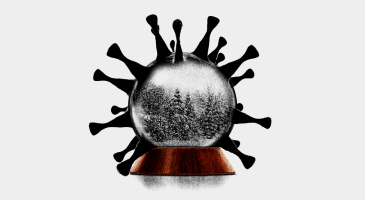
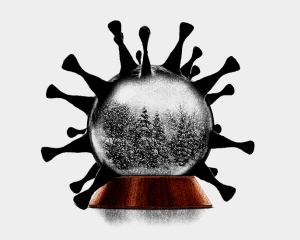


Katrina A.B. Goddard (MS ’95, PhD ’99) was appointed Director of the Division of Cancer Control and Population Sciences (DCCPS) in October 2021. In this position, she oversees a division of the National Cancer Institute that covers a wide range of scientific domains and disciplines, including epidemiology, behavioral science, surveillance and statistics, cancer survivorship, and health services and outcomes research.
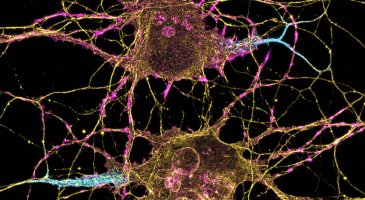
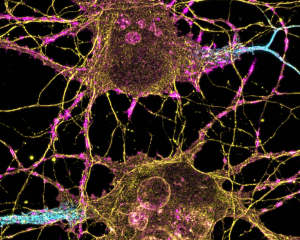
With funding from the NIH’s National Institute on Aging, the UW center began collecting data from another set of centers housed in hospitals and clinics across the country. These centers, Alzheimer’s Disease Research Centers(ADRCs), have now grown in number to 35 — including the ADRC at UW Medicine. Biostatistics faculty members Ellen Wijsman and Ali Shojaie serve as lead and co-investigator, respectively, of the ADRC Data Management and Statistics Core.
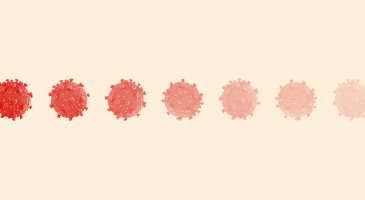
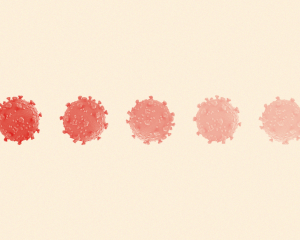
Eventually we might all have to deal with COVID-19—but a shorter, gentler version, thanks to vaccines. 2021-22 Prentice Endowed Professor and Fred Hutch biostatistician Holly Janes is quoted.


Carolyn Hutter (MS ’09 Biostat, PhD ’08 Epi), director of the NHGRI Division of Genome Sciences, is quoted.
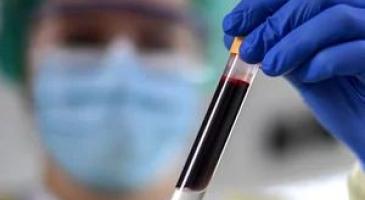
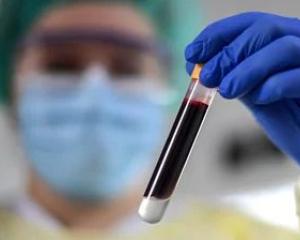
Fred Hutch biostatisticians and UW faculty members Holly Janes and Peter Gilbert spoke with NPR about new evidence that points to antibodies as a reliable indicator of vaccine protection. David Benkeser (PhD, '15) is also quoted.
Commentary and concrete recommendations on the use and reporting of race, ethnicity, and ancestry across the arc of genetic research, including terminology, data harmonization, analysis, and reporting.
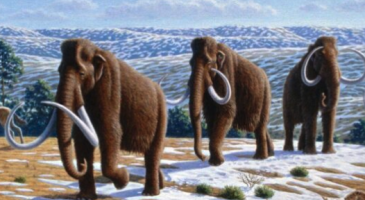
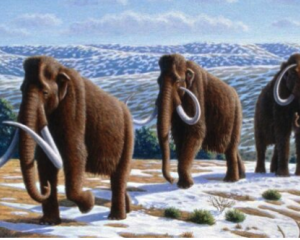
Amy Willis was part of the international research team that reconstructed incredible details about the life of a woolly mammoth using isotope and genetic data.